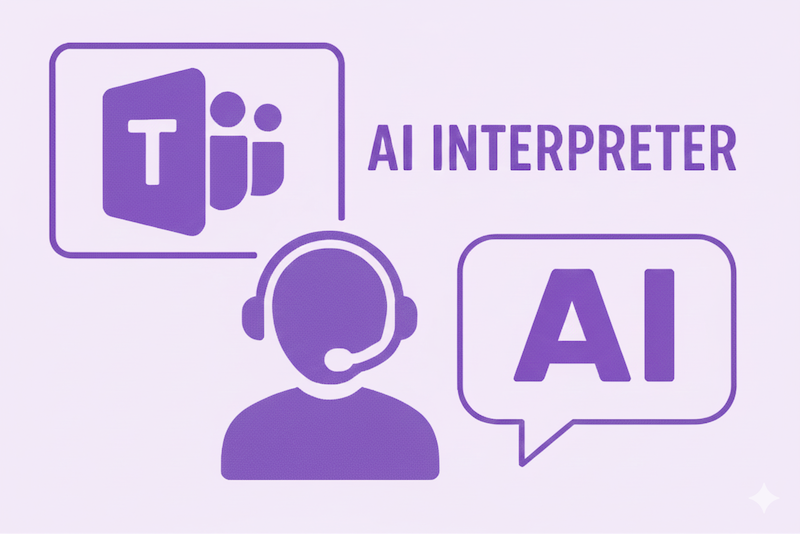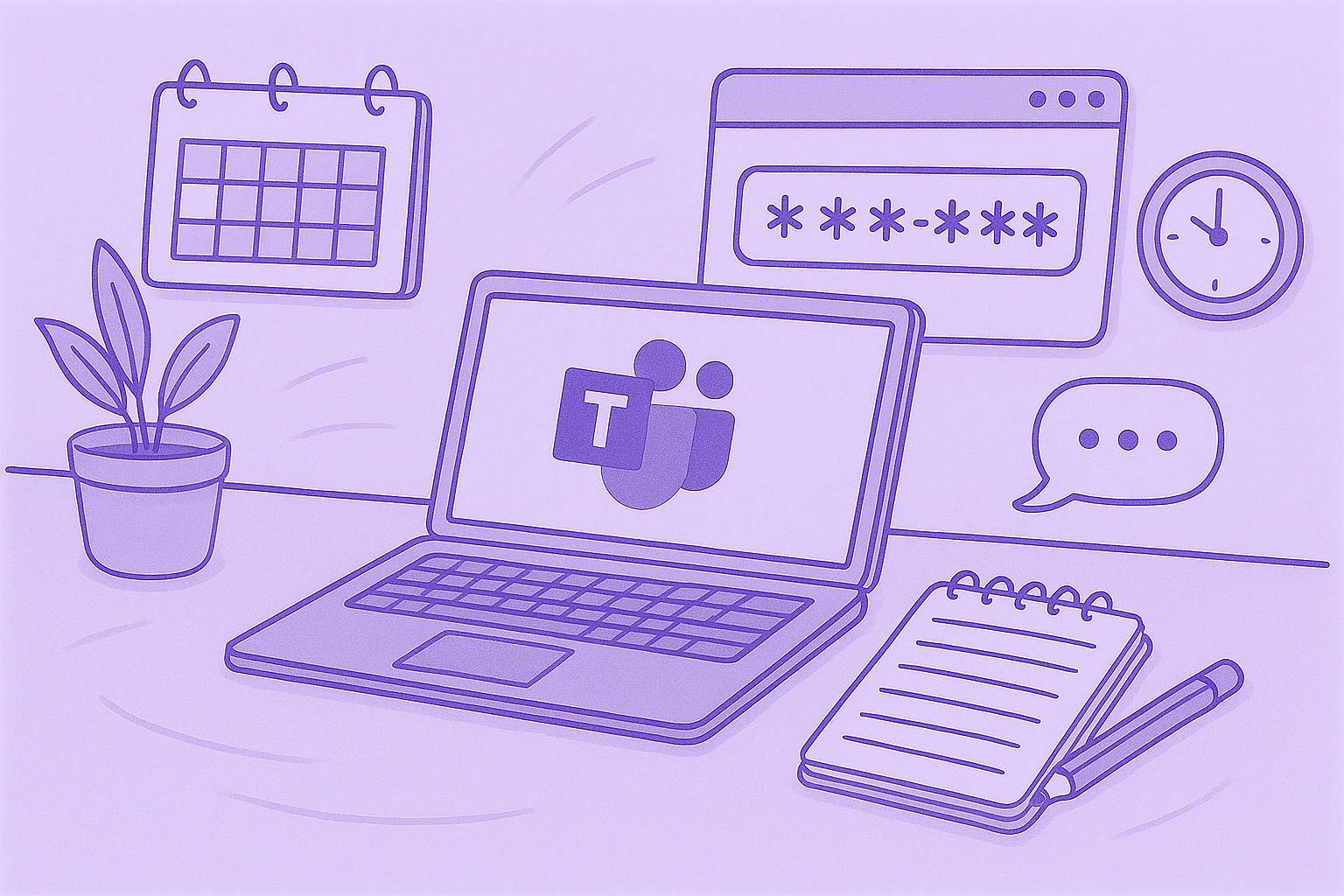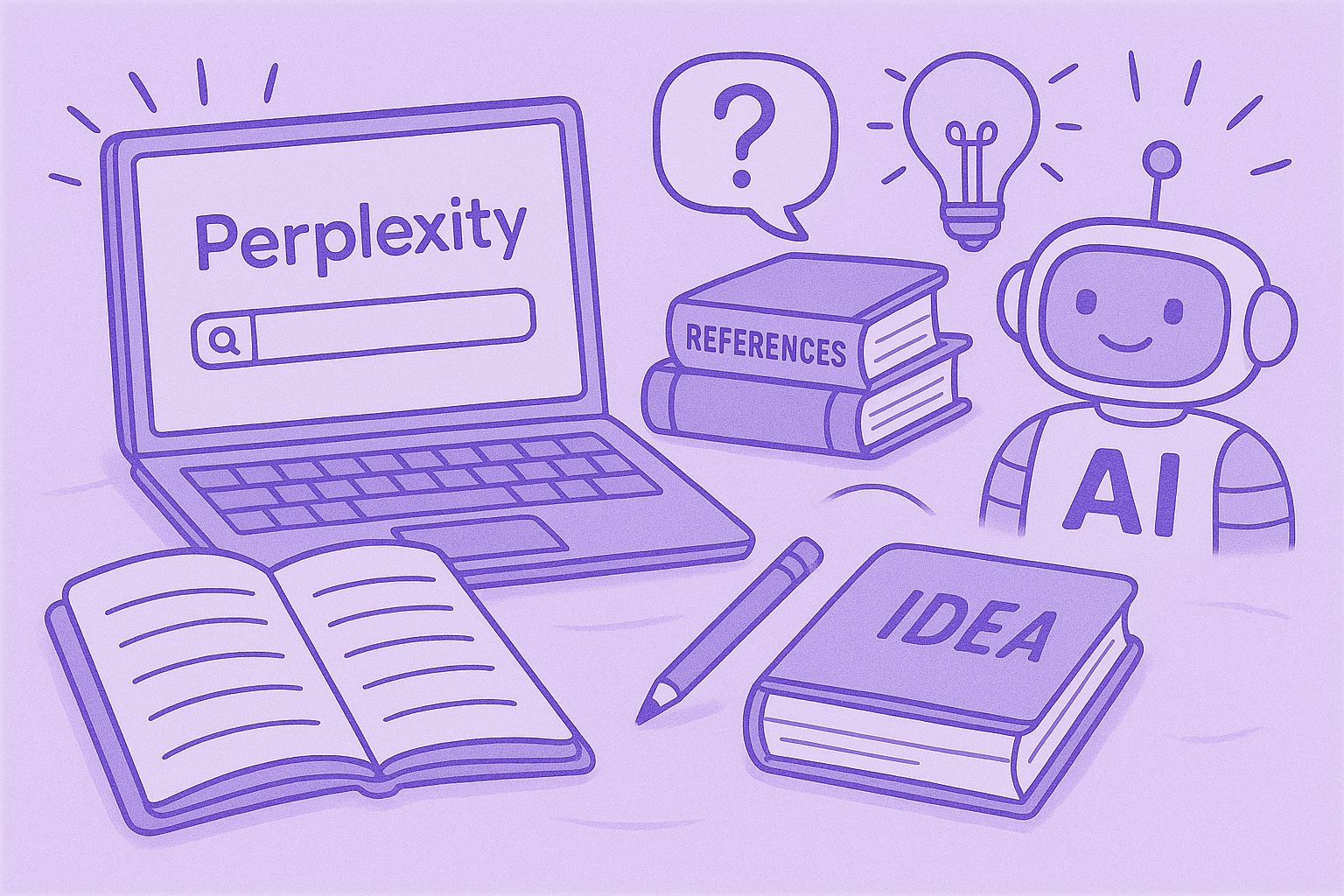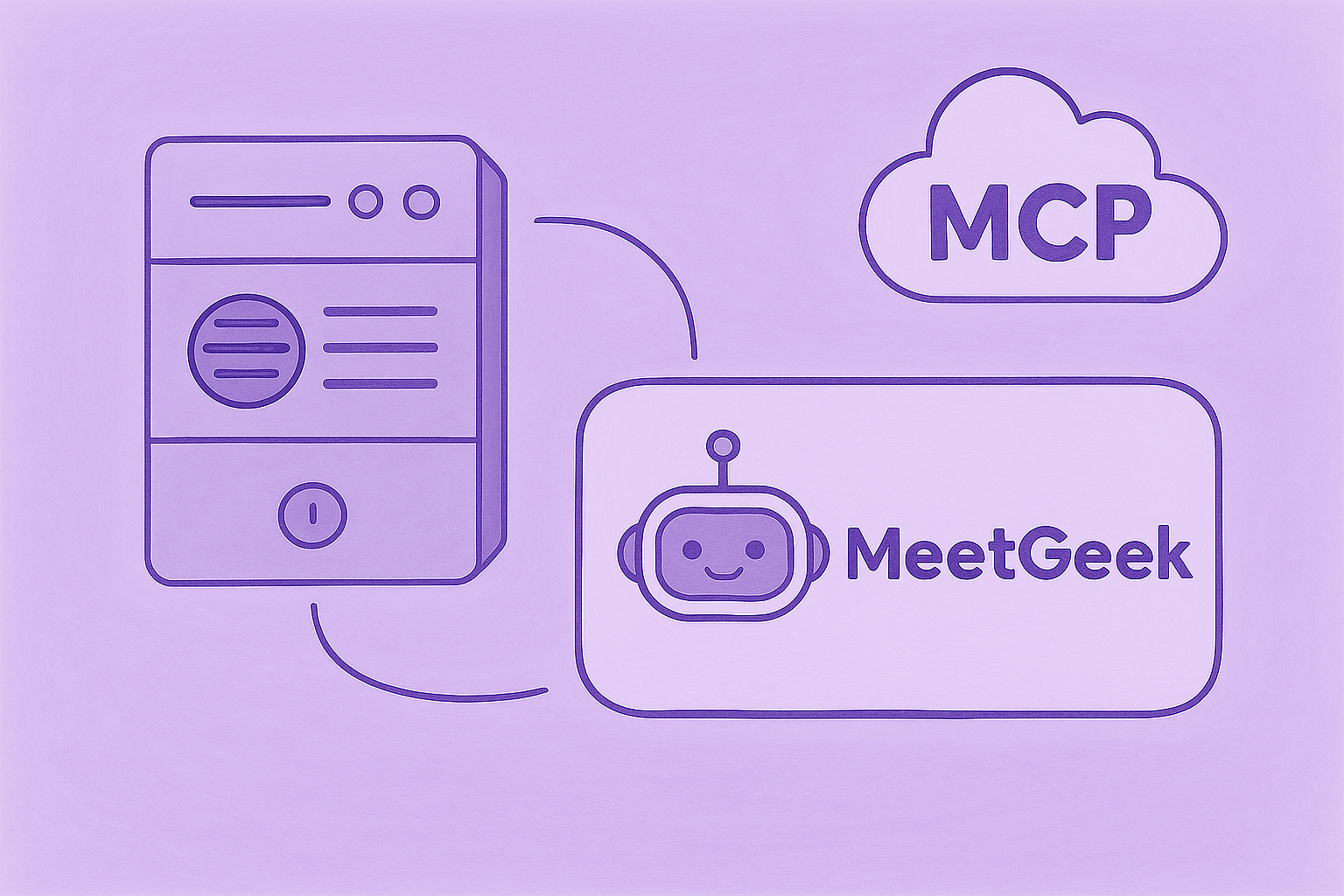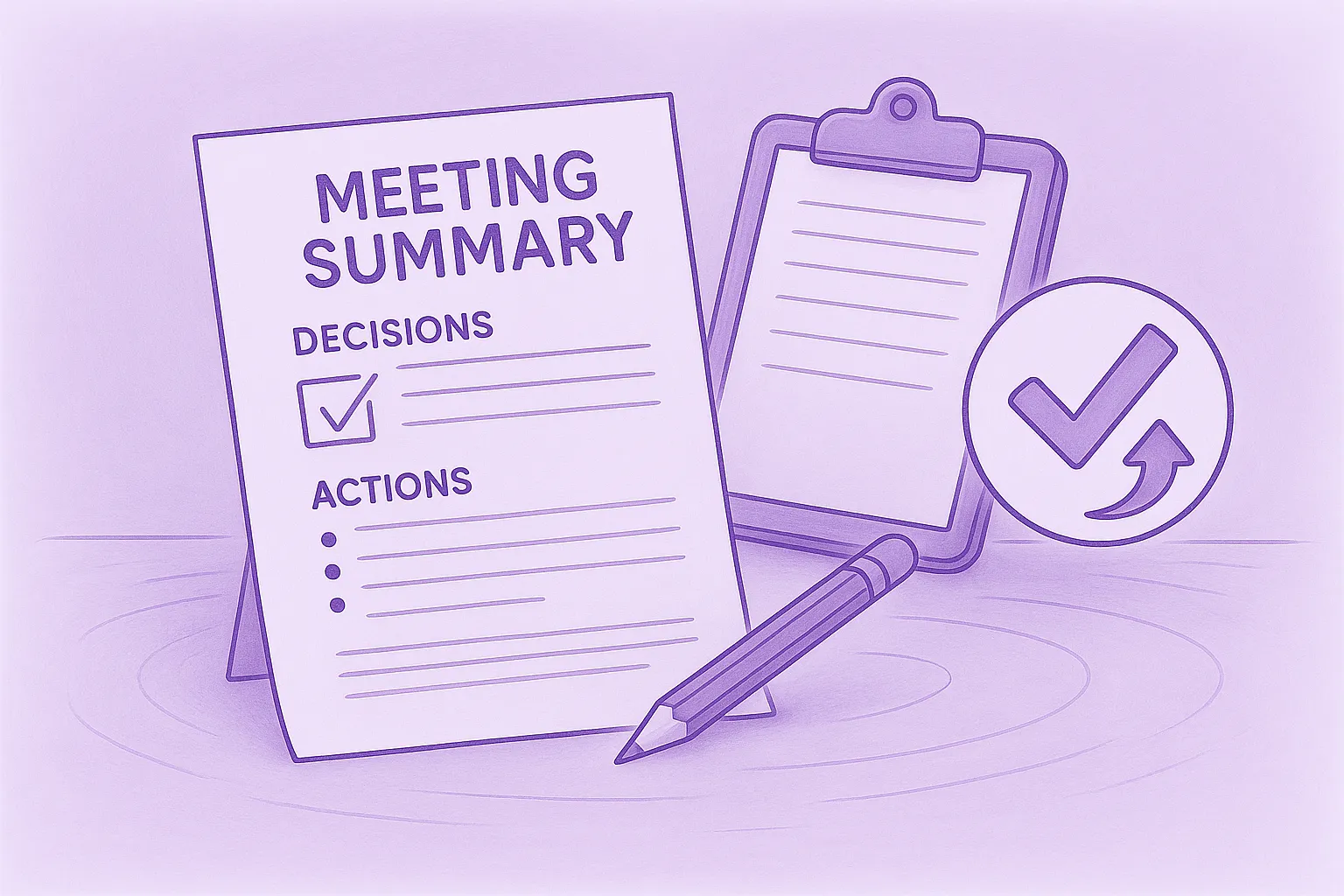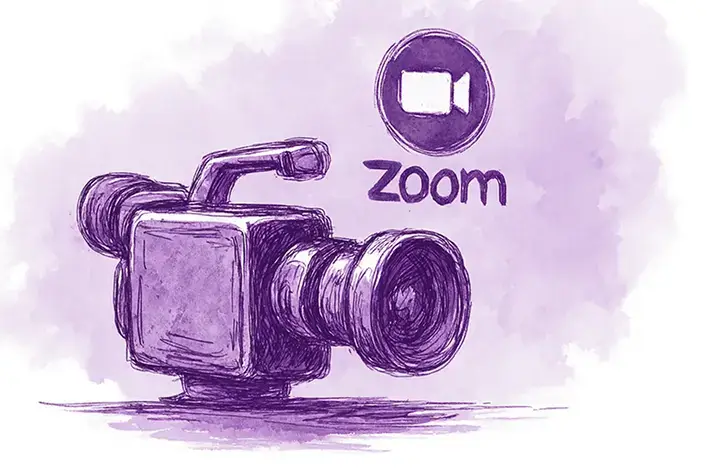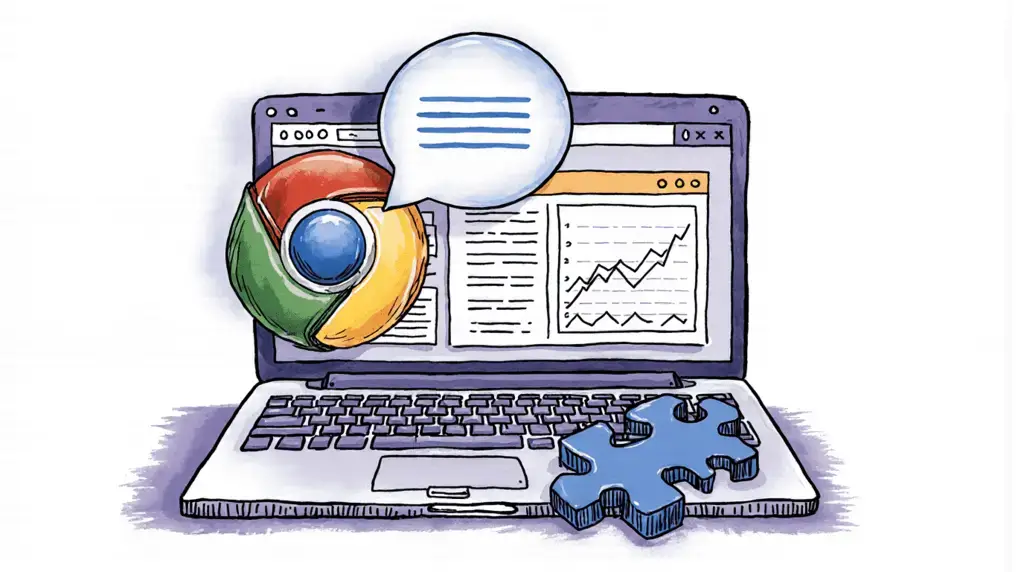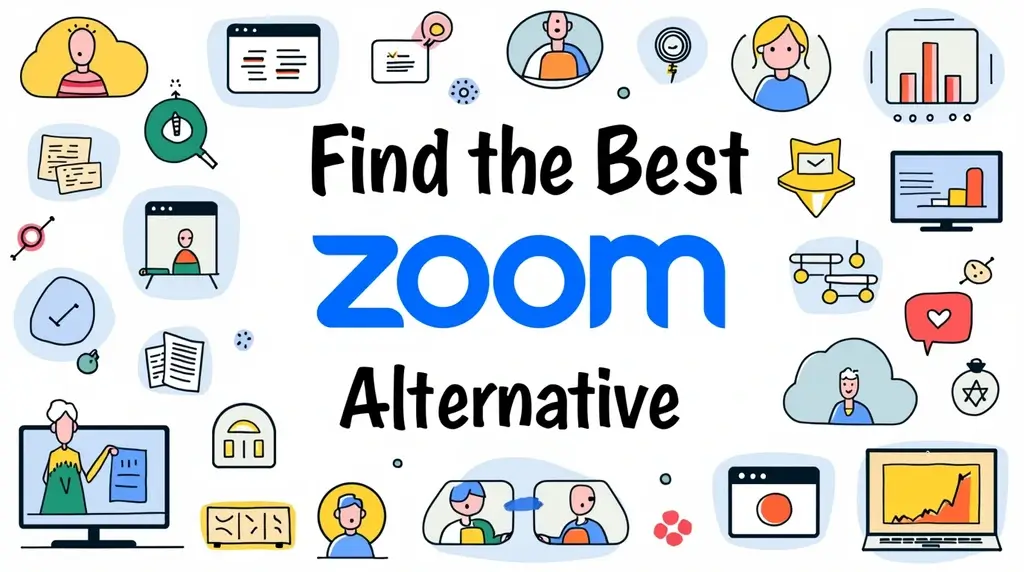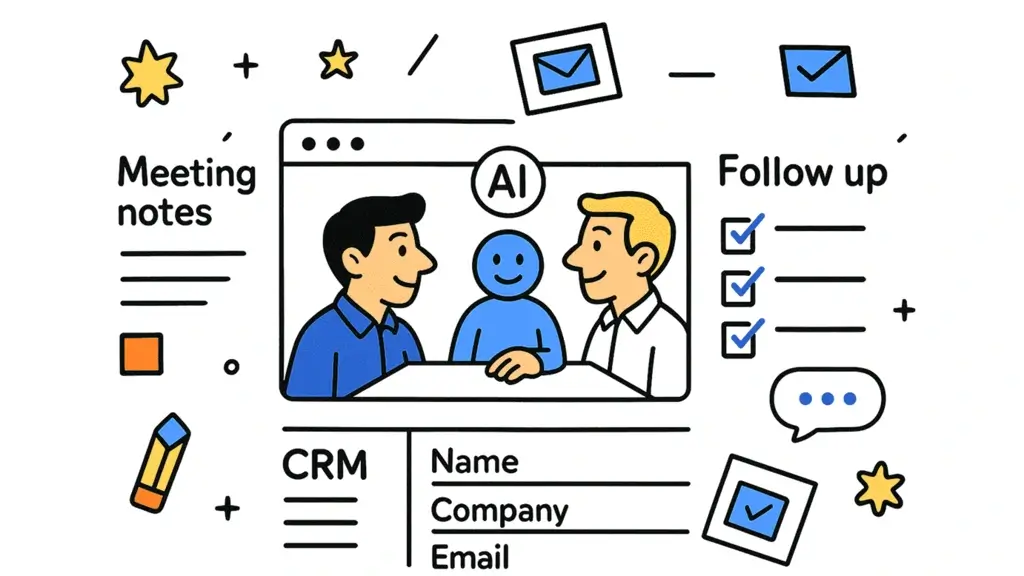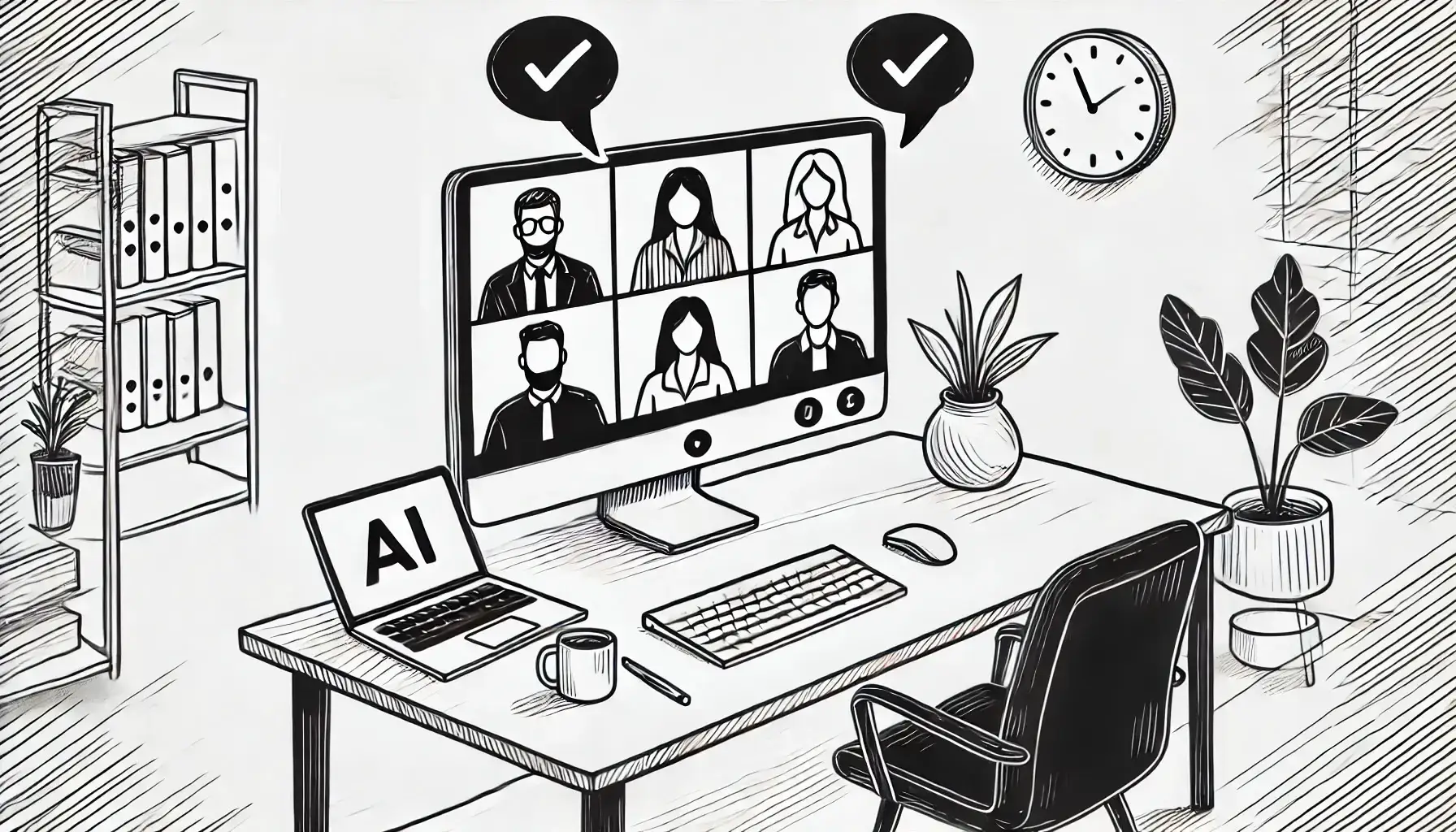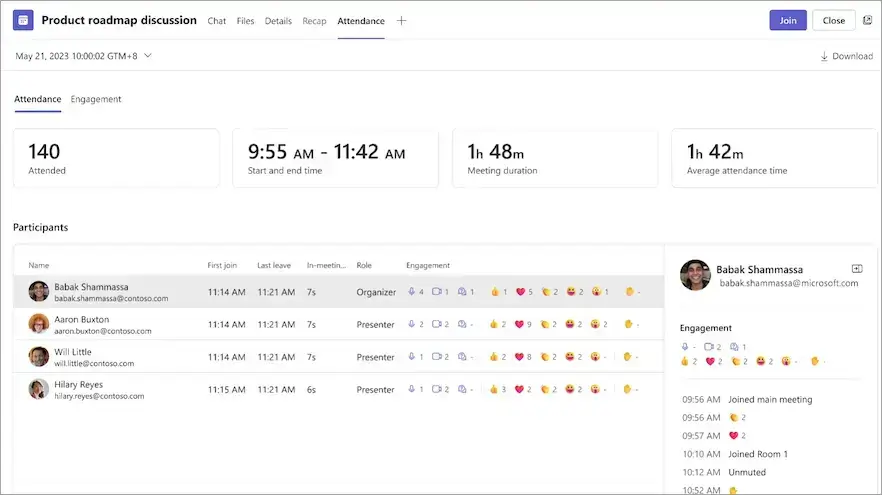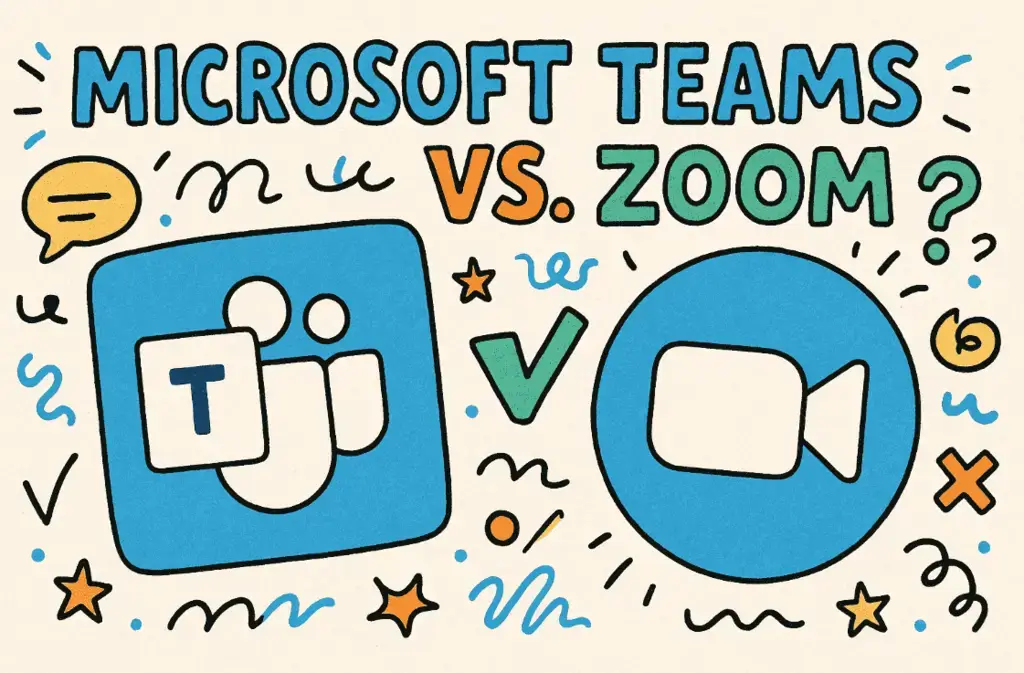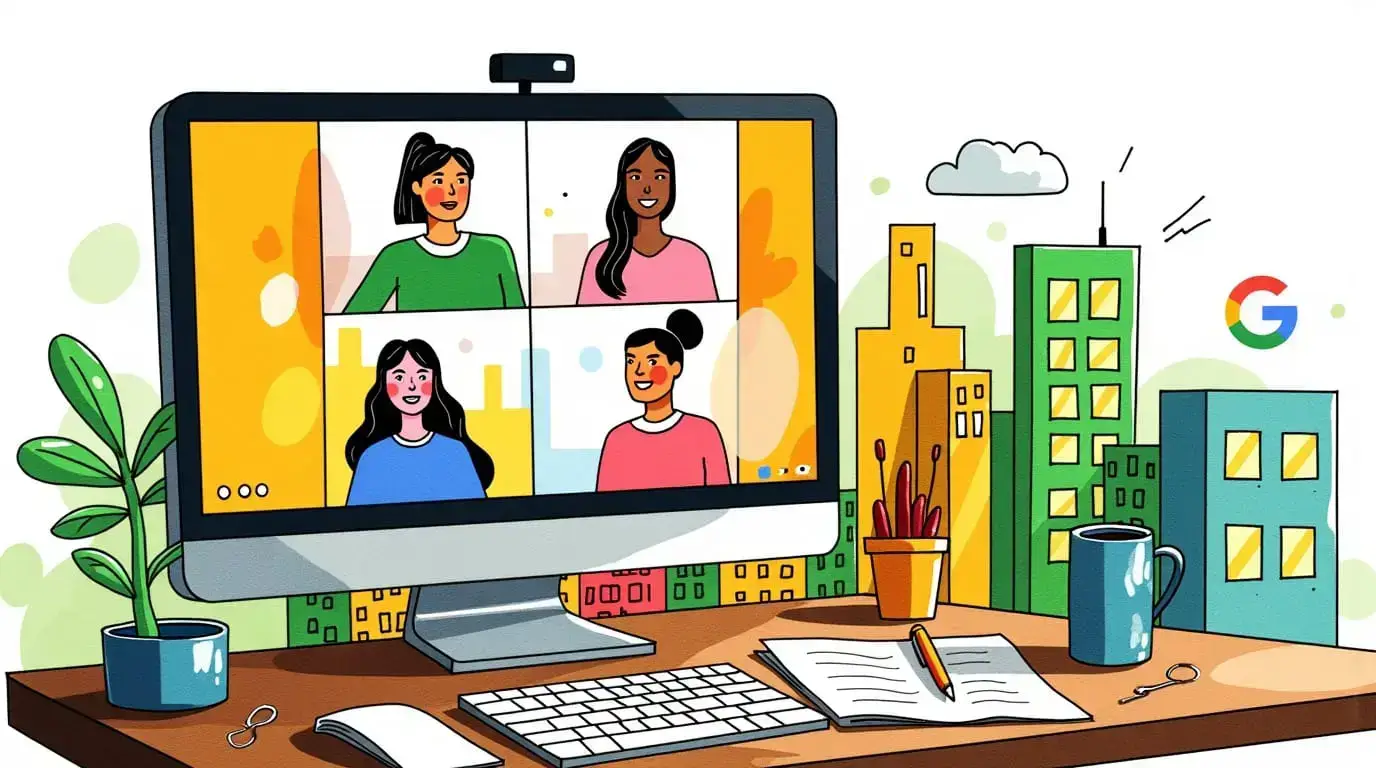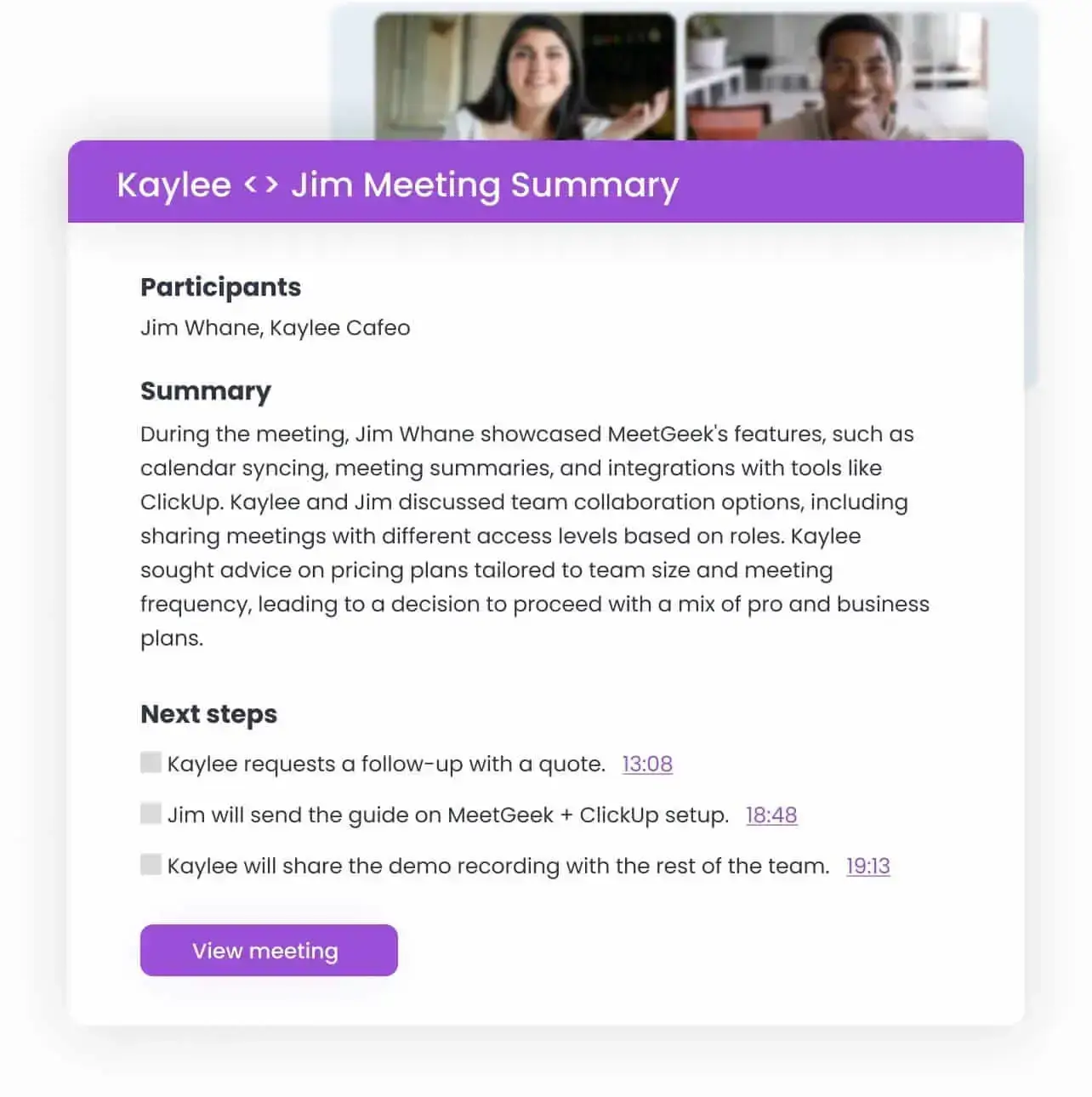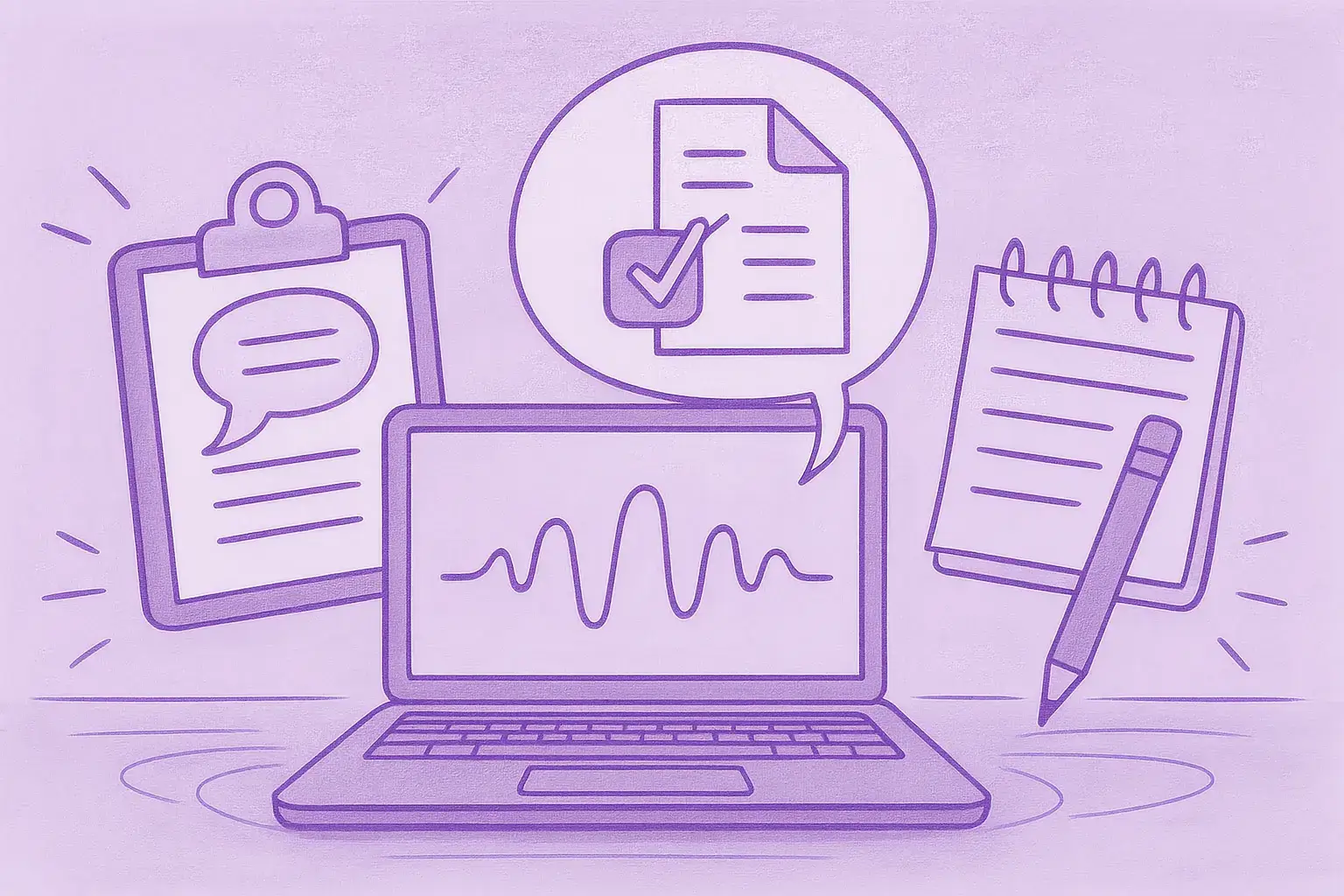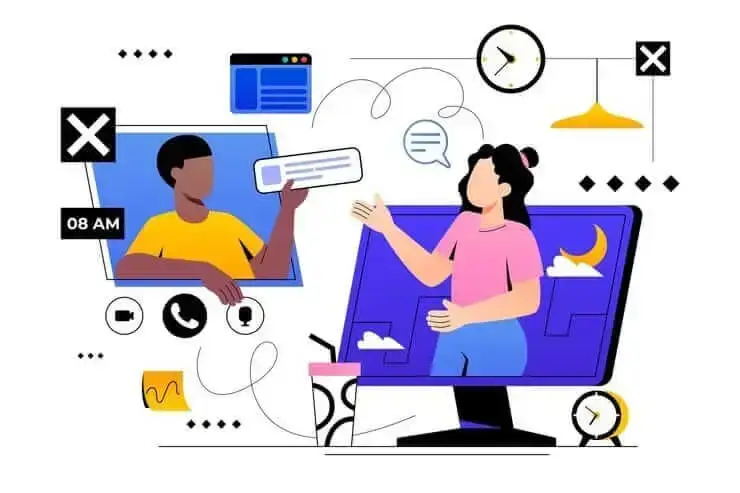Collaboration in the Workplace: Benefits and Strategies Unveiled
Let's uncover some actionable strategies to promote workplace collaboration and the numerous benefits that it brings along.

✅ Free meeting recording & transcription
💬 Automated sharing of insights to other tools.

Gone are the days of individual hustle to show you are on top of things.
Today everyone is buzzing about how crucial it is to team up and promote collaboration in the workplace. Speaking of modern workspaces, they are adapting it to their full potential to run the show.
It is a strategic practice that requires deliberate effort and intention.
As Dinesh Paliwal put it - “Collaboration is a key part of the success of any organization, executed through a clearly defined vision and mission and based on transparency and constant communication.”
With 86% of employees reporting ineffectiveness or lack of collaboration as a top-most reason for communication failures, its significance cannot be overstated.
So, let us uncover some actionable strategies to promote workplace collaboration. Plus, the numerous benefits that it brings along.
But before delving into the specifics, let’s first elaborate on what collaboration in the workplace truly means.
What is collaboration in the workplace?
Workplace collaboration is the process that encourages a group of individuals from the same or different departments to come together and work towards achieving shared company goals and objectives.
The idea is to add a layer of efficiency to individual efforts by aligning them together. By capitalizing on different perspectives, ideas, and expertise, one can find innovative solutions to complex problems and get tasks checked off the list.
The individuals pool their ideas, skills, and responsibilities to lift each other and the organization as a whole in a cooperative environment. It talks much about how deeply collaboration is rooted in an organization’s culture. Effective collaboration in the workplace eliminates individual silos and brings cohesiveness into account to lead organizations toward success.
Note: Collaboration is different from teamwork. Where collaboration involves a cooperative mindset and investing shared efforts toward achieving a goal, teamwork accounts for individual contributions.

What are the benefits of building collaboration in the workplace?
If you are just getting started with encouraging collaboration in the workplace, here are some key benefits you are likely to experience -
- Increased productivity and efficiency
A workplace that actively focuses on strategies for improving team productivity by enhancing workplace communication witnesses a significant increase in workplace productivity. So, when you invest your efforts in bringing everyone together and implementing effective communication methods, you carve a path for shared success.
It forms a collaborative environment where everyone works in the same direction towards common goals. When one team member struggles, the others are there to support and uplift, fostering a culture of teamwork and mutual assistance. This continuous cycle of support leads to improved productivity, increased efficiency, and better results, all achieved within a reasonable timeframe.
- Improved engagement rates
Employee engagement is the degree to which an employee feels that they are truly part of a company, have a voice in its decisions, and feel respected. – Darryl Dioso
Building a culture of collaboration in the workplace boosts the trust of employees in you and each other. They feel motivated, engaged, and inspired to work hard to achieve a shared sense of purpose. When they feel supported by their managers and peers, they feel a sense of belongingness. And consider themselves to be an integral part of the organization.
- Eliminates departmental silos
When teams collaborate cohesively in the workplace, it breaks down departmental silos. Because when everyone is on the same page, there is increased transparency and visibility across all the moving parts of your organization.
Businesses with cross-departmental projects and teams also benefit from workplace collaboration. How? By promoting knowledge sharing across departments and reducing the likelihood of misalignment and misunderstandings. The results? Optimized workflows, fewer redundancies, and enhanced efficiency.
- Enhances collaborative learning
Learning is a cornerstone of a collaborative setting. Every step taken becomes a valuable learning opportunity when employees thrive in a collaborative setting. Regardless of whether the outcome is a success or failure. Success becomes lessons for another, and failure serves as an opportunity for self-respect and personal growth.
When employees understand the significance of collaboration, they participate in brainstorming sessions and bring innovative solutions to the table. This results in a culture of continuous learning, leading to knowledge and skill enhancement. And cultivating a workplace where learning is ingrained deeply in the culture.
- Promotes employee retention
When collaboration is the core practice an organization follows, employees feel more empowered and satisfied in their roles. This results in developing a positive and career-advancement environment where employees’ voices, contributions, and well-being are valued.
This translates to higher morale and a stable workforce committed to long-term engagement with the organization. The 4.5 times higher retention rate due to effective communication is concrete evidence that supports the fact.
What are the strategies to build collaboration in the workplace?
Here are some actionable steps you can take to upscale the collaboration levels in your organization -
1. Set clear goals
If you want to enhance collaboration in your workplace, make sure to educate all the team members about the clear goals and objectives. But how can you do that?
- Evaluate your professional aspirations
- Set SMART goals i.e. the goals that are Specific, Measurable, Achievable, Relevant, and Time-bound
- Ensure your aspirations and goals align
- Make sure your goals are realistic and attainable
- Be transparent in your communication
When employees are well aware of the efforts they need to push through in a certain direction, they stay focused on their goals and achieve them successfully.
2. Practice two-way communication
Don’t be a narcissist when it comes to communicating. Don’t confuse silence with agreement, because it necessarily isn’t. Rather, it is like creating a situation where the other person can’t put their thoughts across. Instead,
- Practice active listening
- Balance synchronous and asynchronous communication
- Take a moment to pause yourself and encourage others to voice their opinion
- Do not interrupt someone while they are speaking
- Resist yourself from filling in the silences, clarifying the facts, and correcting someone. Save these clarifications for the end of the conversation.
3. Identify collaboration barriers
Uncovering all the potential roadblocks in your way to having an effective conversation is equally necessary. These barriers may include trust issues, communication breakdown, different working styles, and more. Because these potential snags can significantly impact your productivity. You can do that by
- Observing team interactions to look for communication breakdowns
- Conducting surveys to pinpoint specific hurdles
- Scheduling one-on-one meetings to get feedback on potential areas in need of improvement
- Addressing interpersonal tensions or conflicts
- Using AI meeting automation platforms like MeetGeek to automate various meeting aspects
- Using project management and team collaboration tools like ProofHub to promote real-time collaboration
4. Promote knowledge sharing
When working in an organization, it is common to observe organizational silos forming. You can prevent it from happening by
- Inspiring the team to share their expertise, knowledge, and experiences
- Encouraging peer-to-peer learning programs
- Creating knowledge-sharing forums
- Promoting initiatives contributing to collective learning
This rule can be especially beneficial for new hires during their onboarding experience or for individuals seeking to enhance their specific skills.
5. Use technological applications
The rising technological advancements are your sign to embrace them for your business. With the global adoption of team collaboration software expected to continue growing significantly in the coming years, their popularity becomes even more evident. You can do that by
- Choosing the right tools for your needs
- Integrating technology with existing workflows
- Investing in team members' training on the tools chosen
Doing so, you will witness increased employee engagement, improved collaboration, and most importantly streamlined business tasks.
Conclusion
Building a collaborative work environment is necessary to build a successful workplace and support employee well-being.
While you can get started using these above-mentioned strategies right away, understanding the significance beforehand is recommended. Because when you are aware of the underlying essence, you can leverage them more effectively.
And when you put these strategies into action, you will witness your efforts manifesting into shared accomplishments rather than individual achievements.
.avif)




